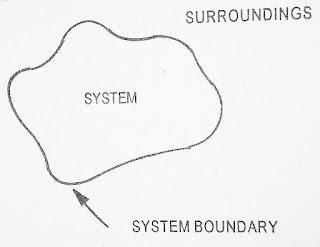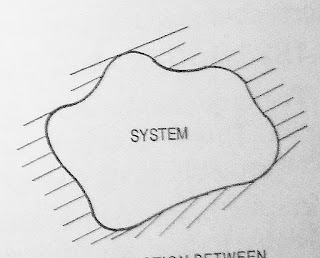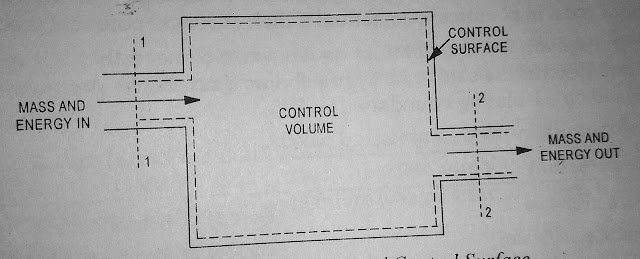Types of Thermodynamic System | Homogeneous and Heterogeneous Thermodynamic System
Thermodynamic system
Universe:
 |
| Fig.1.1 Thermodynamic System |
Classification of systems
-
Closed system 2) Open system
Closed system
Open system:
 |
| Fig.1.3 Open System |
Isolated system :
Isolated system is one in which there is no mass or energy transfer across the system boundary. Thus in isolated system there is no interaction between the system and surroundings. A pan and containing hot water kept in an insulated box, is an example of an isolated system.
 |
| Fig.1.4 Isolated System |
Control volume:
 |
| Fig.1.5 Control Volume |
Comparison between control volume and system
-
the system boundary may change shape position and orientation relative to the observer while control-volume boundary does not change.
-
Material may flow across the control volume boundary but no such file or text place across a system boundary.

